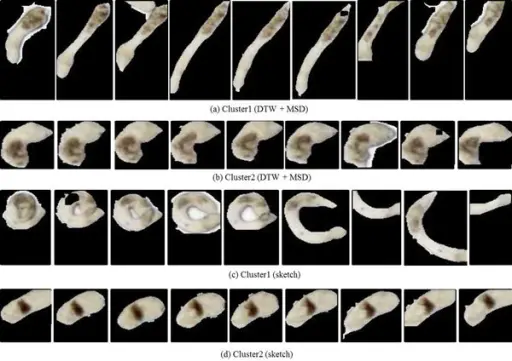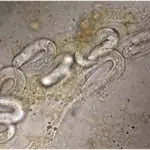Schistosomiasis Infection also known as bilharzia, is a disease caused by parasitic worms.
What is the Pathology of Schistosomiasis Infection?
The pathology of schistosomiasis infection is:
-Etiology: The cause of schistosomiasis infection is parasitic worms.
-Genes involved: Not applicable.
-Pathogenesis: The sequence of events that lead to schistosomiasis infection includes immunologic reactions to Schistosoma eggs trapped in tissues. Antigens released from the egg stimulate a granulomatous reaction involving T cells, macrophages, and eosinophils that results in clinical disease.
-Morphology: The morphology associated with schistosomiasis infection is large, tapered and slightly curved. When the eggs are excreted in stool, they contain a mature miracidium.
-Histology: The histology associated with schistosomiasis infection shows focal ulcers, eggs may be calcified, surrounded by fibrosis or granuloma
How does Schistosomiasis Infection Present?
Patients with schistosomiasis infection are typically higher in males and children with an age range of 12–15 years. The symptoms, features, and clinical findings associated with schistosomiasis infection include: fever, chills, cough, muscle aches.
How is Schistosomiasis Infection Diagnosed?
Schistosomiasis infection is diagnosed by urine test, and blood test.
How is Schistosomiasis Infection Treated?
Schistosomiasis infection is treated by medications such as praziquantel.
What is the Prognosis of Schistosomiasis Infection?
The prognosis of schistosomiasis infection is good.



